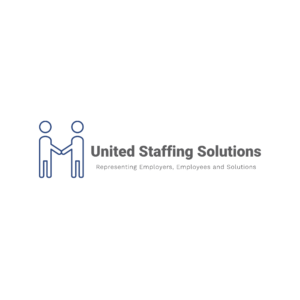The first step in landing an interview is to make sure you know how to write a perfect resume. When creating a resume make sure that you have no text boxes. If an employer uses an ATS (applicant tracking system) any information in a text box will not be read. Another thing to leave out is columns because ATS can’t read that either. Instead, drop anchors then the tab button and it will mimic columns. Click here for a helpful article on how to effectively use anchors.
Formatting is the next crucial thing when constructing a perfect resume. Find out what goes in each section below.
Name and Contact Information:
In this section, make sure to include your name, number, email, location (city and state) and LinkedIn (optional). If you do include your LinkedIn, you have to insert a hyperlink. Here is how to do that.
Title:
Add the title of the job you’re applying for.
Summary:
No need to include an objective anymore, this is considered outdated. You need to show an employer what you can do for them and not the other way around.
Example: “Experienced and dedicated industry professional, digitally aware, skilled with words and endowed with the ability to work effectively under deadline pressure. Performance-driven and reliable with strong communication and interpersonal skills. Experienced in producing narratives that are both engaging and reliable. Strong passion for writing about food, sports, entertainment, health, lifestyle and finance. Proven ability to multitask in a fast-paced environment and work across multiple teams.”
Skills:
On average a recruiter looks at a resume for 7.4 seconds, so skills should be in the top half of your resume. Check out what skills you should put on your resume here.
Professional Experience:
This is where you put your job history. It should start with your most recent experience to your oldest experience. Include the company, job title, location (remote or onsite), and dates of employment. Under that information, list 4-5 bullets on what you did in that role and then add accomplishments (how much money did you save or make for the company, problems you solved, special projects you worked on, etc.)
Education:
In this section, list the college or high school you attended (whether or not you completed your degree) with the degree you earned. Also, add certificates and any training that you received at past employers or outside of work. When you list colleges or high schools only include the dates you attended if you graduated within the last two years. If you include them, this is the easiest way for an employer or recruiter to age you.
Remember that everything should be in the same font. You shouldn’t have more than 3 font sizes make sure that none of them are smaller than a size 10. If you want to see if your resume is ATS friendly a really great resource is zipjob.com/resume-review.
If you already have a perfect resume or recently created one check out our job openings here.


